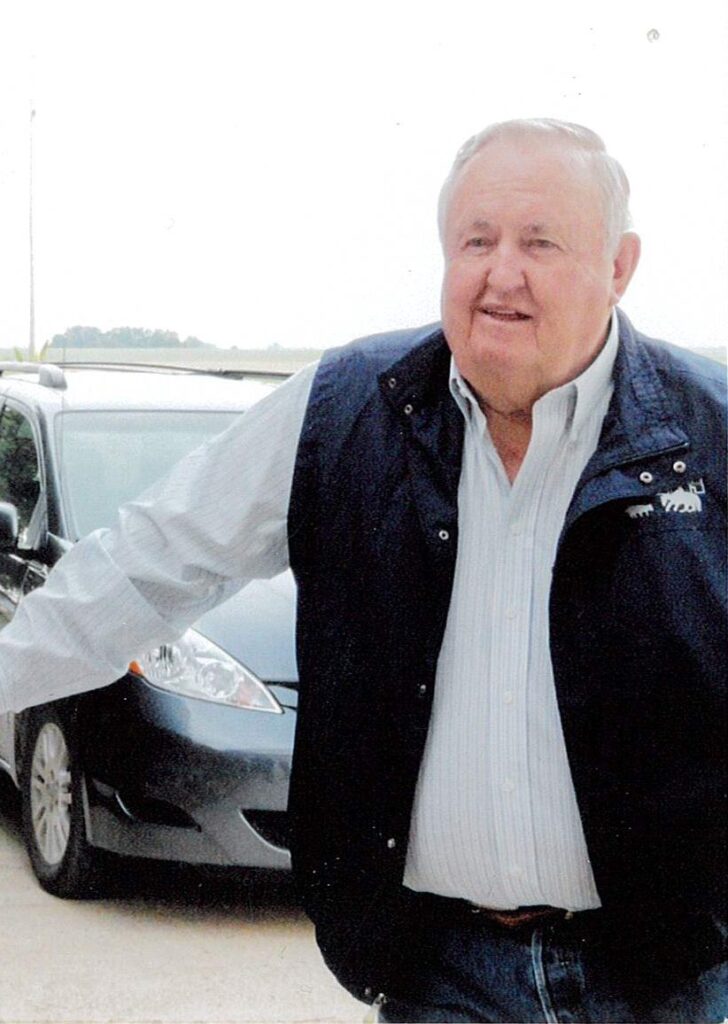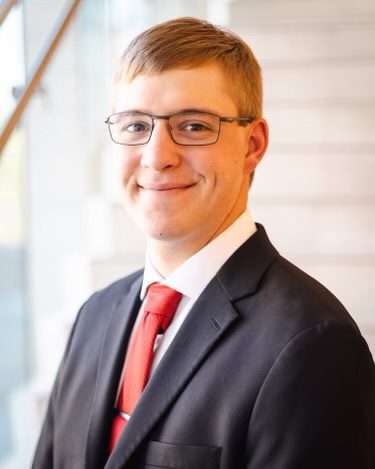By Connie White
Jack Henry of Omaha knows firsthand what it’s like to lose a loved one to a life-threatening illness. His 10-year-old sister died from a brain tumor in March 1986.
So it was tough to learn in 2021 that his mother, Linda Henry of Logan, Iowa, had been diagnosed with pancreatic cancer, considered to be one of the world’s most lethal cancers. Linda is being treated at the Fred & Pamela Buffett Cancer Center at the University of Nebraska Medical Center and Nebraska Medicine.
In gratitude for her care, Jack decided to give back as part of the first-ever UNMC Giving Day— For the Greater Good. The March 30-31 event raised $278,229 from 1,542 supporters. The giving event, organized by the University of Nebraska Foundation, lasted 1,869 minutes in honor of UNMC’s founding in 1869.
The inaugural UNMC Giving Day supported more than 70 causes, including student scholarships, UNMC’s colleges and student organizations and Nebraska Medicine, UNMC’s primary clinical partner.
Jack’s Deconstruct Cancer Challenge was established using personal funds and with financial support from the owners of the company Jack works for, Johnson Deconstruct of Omaha. His efforts resulted in a total of 30 gifts, raising $4,450 for the Pancreatic Cancer Center of Excellence, which seeks to transform the early detection, diagnosis, prevention and treatment of pancreatic cancer.
“I feel so lucky having this state-of-the-art medical facility right next door,” Jack said. “It’s such a noble effort, and it’s right here in Nebraska.”
Linda, 72, said she’s proud of her son for organizing the fundraiser and is grateful for the care she’s received at the Fred & Pamela Buffett Cancer Center. “It has meant the world to me. I’ve got a lot to live for.”
She recalls learning she had pancreatic cancer in the emergency room. “I thought there was no hope for anything. I didn’t think anyone got over pancreatic cancer.”
Linda said she was fortunate her pancreatic cancer was detected early, and after six months of chemotherapy and Whipple surgery to remove part of her pancreas, she’s looking to the future with optimism. She treasures time with her three children and five grandchildren and has a message for others with pancreatic cancer.
“There is hope.”







